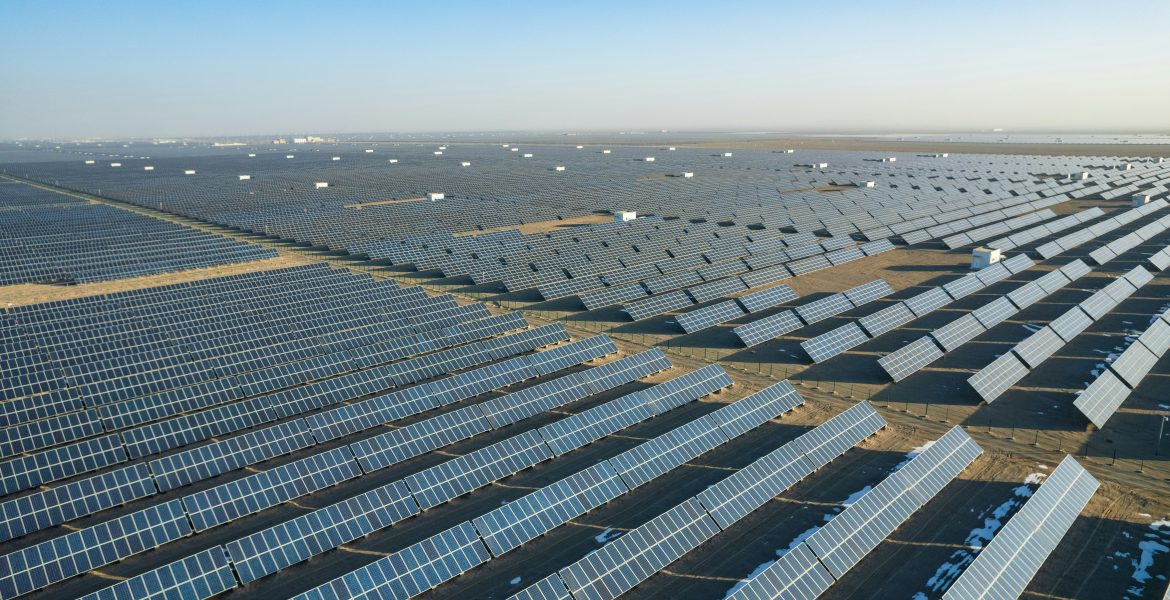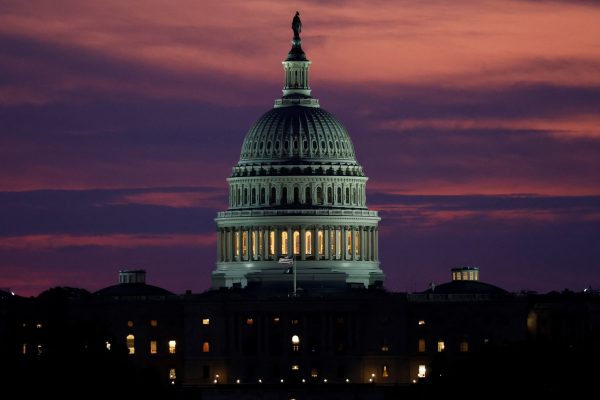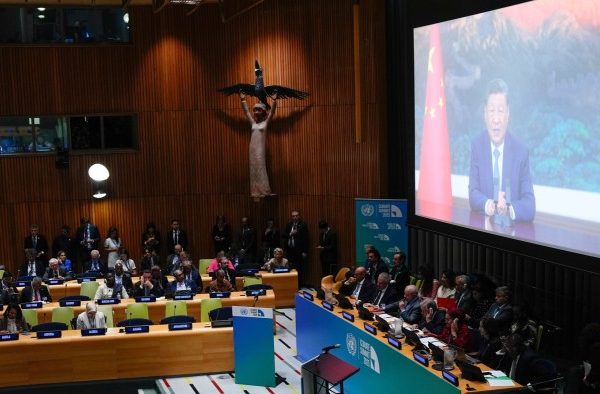China’s Green Power Play

Electric vehicles, batteries, and solar power are driving a global energy revolution. In 2025, China’s green power play puts the country at the center of this transformation. From BYD’s record-breaking EV sales to CATL’s global battery dominance, Chinese firms are claiming the commanding heights of the transition — a pattern captured in our Global Energy Transition hypothesis.
The Green-Yuan Strategy
Beijing is pairing industrial power with financial innovation. The Green Yuan strategy links RMB financing to renewable projects worldwide while locking in access to critical commodities. This dual approach strengthens China’s energy security and extends its monetary influence, embedding the yuan deeper into trade and settlement systems.
Global Context
Europe’s rearmament costs and Washington’s political paralysis slow Western climate policy. By contrast, China benefits from scale, state coordination, and decisive funding. This allows it to push projects others delay — positioning Beijing as both the factory and financier of the green transition. It is also a lever of legitimacy in our Peaceful Transition scenario, where China claims to guarantee prosperity through open trade.
Implications for Investors
For investors, China’s green play offers both opportunity and resilience. Exposure spans EV makers, battery leaders, solar firms, and commodity suppliers tied to Beijing’s supply chains. The risks are real: trade restrictions, overcapacity, and geopolitical pushback could disrupt returns. Yet the direction is clear: China is anchoring itself at the core of the global energy system, with or without Western participation.
Final thought
China’s green power play is more than policy. It is a structural shift linking energy, finance, and geopolitics. For markets, it signals enduring demand for renewables and critical minerals. For geopolitics, it marks the erosion of Western dominance — and the rise of China as architect of the 21st-century energy order.
You may also like

NATO-Russia Tensions and Self-Interest

US Shutdown – an Engineered Constitutional Crisis?

Leave a Reply